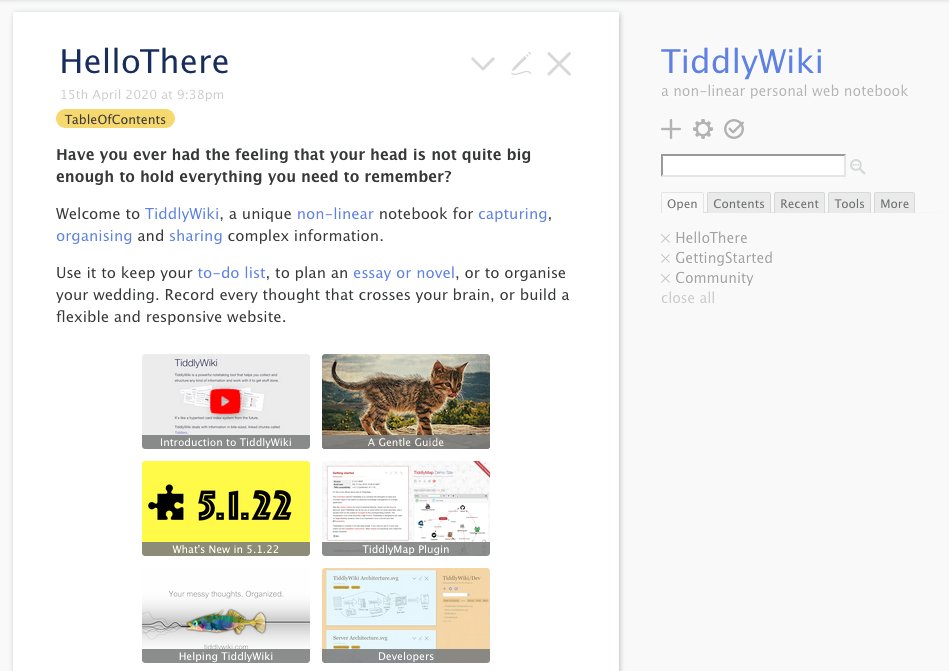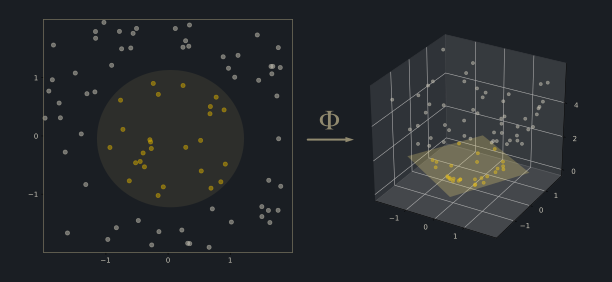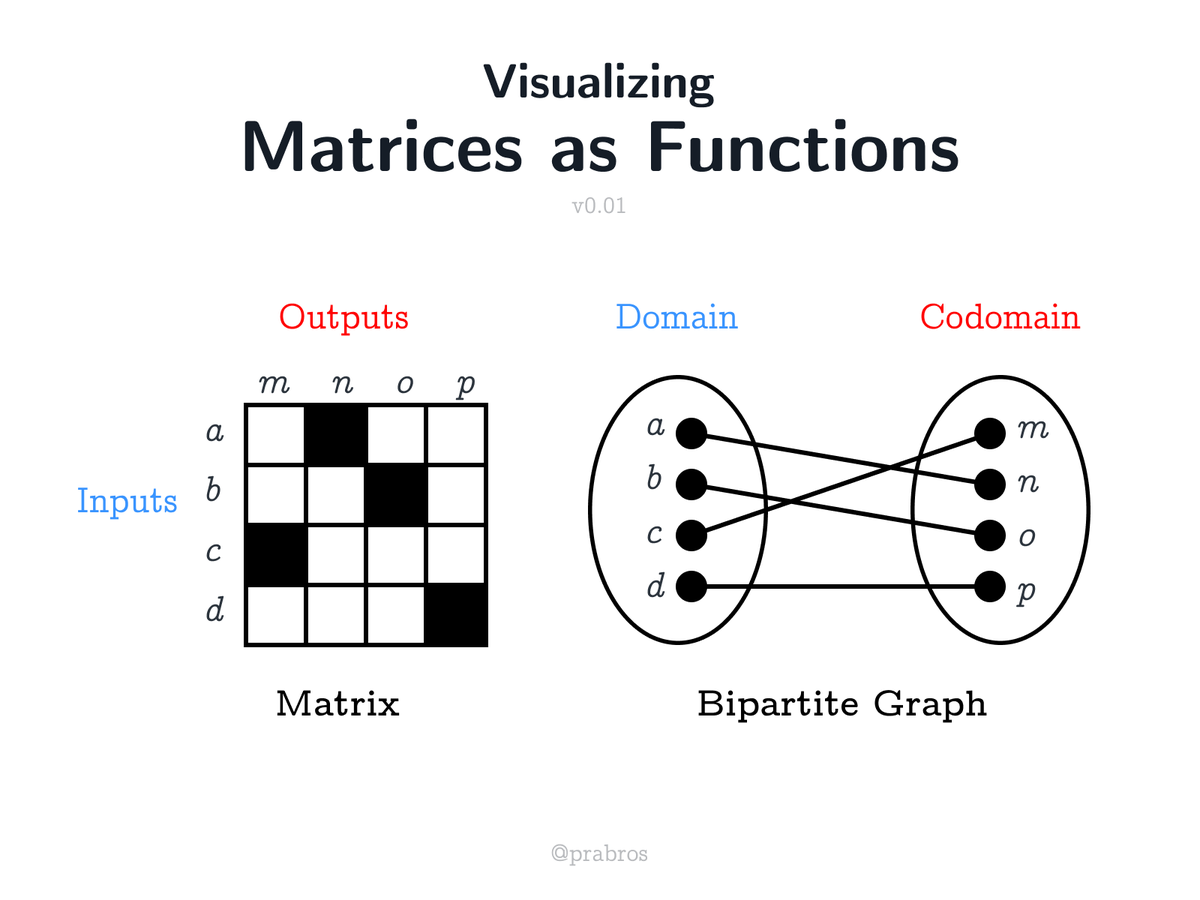A subculture around “networked notebooks” like @RoamResearch / @nodebook_io is taking shape on Twitter. Me and @raghuveerdotnet are documenting them here: github.com/prathyvsh/netw…
Feel free to send a PR if you know more of these!



Feel free to send a PR if you know more of these!




Adding LambdaTank to this set. LambdaTank is an IDE+wiki platform that is built on top of LambdaTalk languages: lambdaway.free.fr/lambdaspeech/i…
Having a Turing Complete programming language as the base is a pretty intriguing way to create a networked notebook.
Having a Turing Complete programming language as the base is a pretty intriguing way to create a networked notebook.

Added Foam: foambubble.github.io/foam/ to the list. 

Added Leo Editor: leoeditor.com to the list.
A personal information manager / IDE with a DAG as it’s underlying data structure. This allows for a single node to appear in multiple places which enables Xanadu style transclusion of content in multiple locations.
A personal information manager / IDE with a DAG as it’s underlying data structure. This allows for a single node to appear in multiple places which enables Xanadu style transclusion of content in multiple locations.

• • •
Missing some Tweet in this thread? You can try to
force a refresh
















